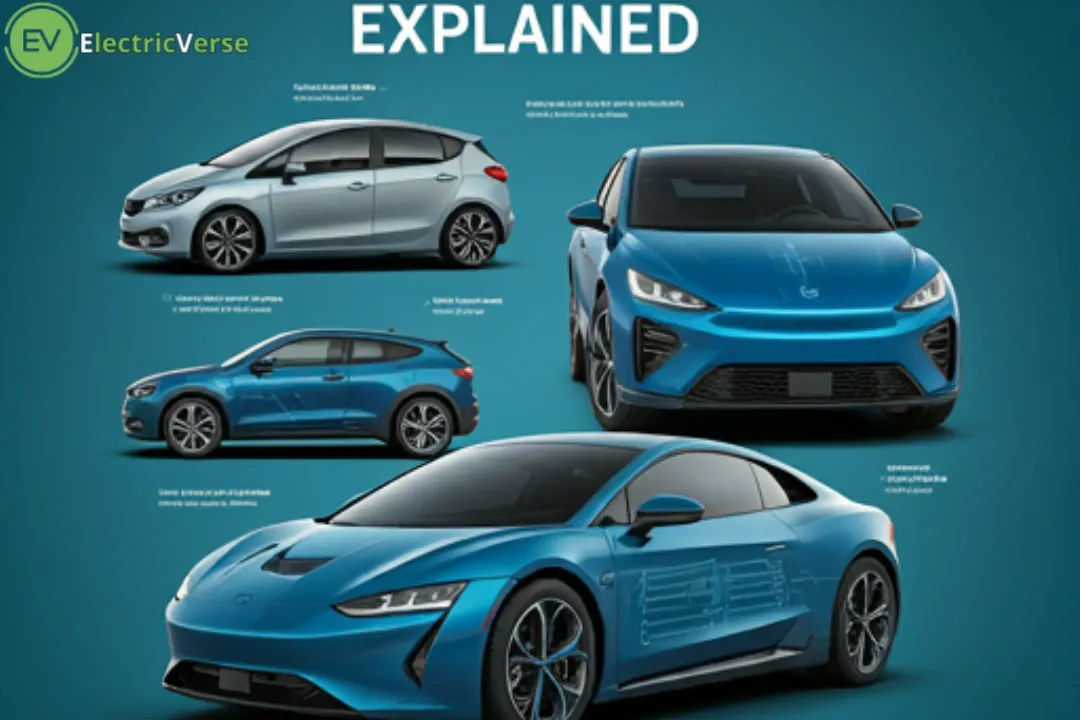Electric Vehicles Explained: Key Insights Before You Make the Switch
What is an Electric Vehicle?
- Electric vehicles (EVs) are cars that use electric motors powered by batteries.
- EVs are considered better for the environment because they produce zero emissions.
- There are different types of electric vehicles, including battery electric vehicles (BEVs) and plug-in hybrid electric vehicles (PHEVs).
Benefits of Electric Vehicles
- EVs are cheaper to run than petrol or diesel cars, with zero tailpipe emissions.
- EVs can improve fuel economy, lower fuel costs, and reduce emissions.
- EVs are suitable for daily drives and most people’s needs, with a real-world range of about 218 miles.
Electric Vehicle Costs
- EVs generally cost more to buy than gas-powered vehicles, but incentives and lower maintenance costs can make them more competitive.
- Some EVs are eligible for a $7,500 tax credit, and many states and utility companies offer rebates or incentives.
- Lifetime costs of fuel and maintenance are often lower for EVs, especially with cheap electricity.
Charging and Range
- Most EVs have a real-world range of about 218 miles, which is sufficient for daily drives and most people’s needs.
- EVs often have guides built into their infotainment systems to help plan routes and find charging stations.
- Cold weather can sap an EV’s range, resulting in reduced range.
Charging Infrastructure
- About 80% of EV owners charge their cars at home, and public charging stations are becoming more widespread.
- Tesla’s Supercharger network is the largest and most reliable network in North America, with plans to expand.
- Other fast-charging standards include CCS and CHAdeMO.
Electric Vehicle Maintenance and Durability
- Nobody knows the average lifespan of an EV, but early data suggests they could last much longer than typical gas-powered cars.
- Battery health is the biggest open question, but federal law requires a full 8-year, 100,000-mile warranty on all EV battery packs.
- Real-world data on battery longevity looks promising, with some EVs retaining 70% of their original range after 200,000 miles.
Environmental Impact
- EVs have significantly less impact on the environment than gas-powered cars, especially in terms of local air pollution and global greenhouse gas emissions.
- EVs use energy more efficiently than gas cars, and even with fossil fuels in the electric mix, they still emit far less CO2 per mile driven.
- The extra energy and carbon emissions required for battery manufacturing are offset by the reduced emissions during the EV’s lifespan.
Practical Considerations
- EVs are suitable for drivers with disabilities, with options available for electric vehicles suitable for drivers with disabilities.
- EVs can be charged at home, at public charging stations, or at fast-charging stations, with prices varying depending on the type of charging.
- Installing a charging point at home can be a cost-effective option, with many countries offering financial incentives.
Making the Switch
- Consider leasing an EV instead of buying, as it offers some advantages, such as qualifying for a full $7,500 federal tax credit without meeting restrictive federal requirements.
- Try out an EV with private owners who use platforms like Turo to rent their cars.
- Get personalized assistance with questions about EVs through the Plug In America EV Support Program.
Conclusion
- Electric vehicles are a great option for those looking to save money and reduce their carbon footprint.
- EVs are becoming increasingly common, with every major automaker racing to bring cars to market and most shifting away from building traditional gas-powered vehicles this decade.
- With the right information and planning, making the switch to an electric vehicle can be a smooth and rewarding experience.
Guide






